Originally our plan was, after spending a week in Santiago, to visit a few places in Chile, and then move to Peru (with stops in Cusco, Machu Picchu, and Lima) and then to fly to Galapagos for a cruise. Unfortunately, the state of emergency en force in Peru forced an overhaul of that part of our itinerary -for one thing, the ruta de los Incas is closed to visitors, so there would be no way to reach the ruins of Machu Picchu. We had to apply a considerable effort to restructure our trip by canceling and rescheduling flights, hotel stays, and organized trips, but thanks to the clear political emergency the airline (LATAM) allowed changes of our flights without large further expenses. As for hotels and trips, fortunately we have a policy of only purchasing stays that can be canceled until the day before!
As I am sitting in a hotel in the Lima airport (yes, we had to go through Lima anyway, but we are not visiting the city; so it is only a stopover), it is a good time to report on the first half of our trip, which included a few stops of some scientific interest. As I already reported on the visit to two potential sites of the SWGO detector array I will skip that part, but there are several other things to say.
Although we spent almost a week in Santiago, due to my wife's performance our freedom was a bit limited, and we did not live a very tourist-like experience. So our real trip started when we took off to Calama by plane, and there we rented a car to reach San Pedro de Atacama, a small village in the middle of the Atacama desert. We stayed at the lodge of Alain Maury, an astronomer who set up a lodge in a piece of desert which is an amateur (and professional!) astronomer's paradise. He has literally over a dozen large telescopes there, which he uses to offer night sky tours (see his site, spaceobs.com). Definitely something you do not want to miss if you spend time in Atacama, but try to make it during new moon periods, as the moon ruins the night sky and your vision of the milky way (as well as the observation of deep sky objects through any telescope!)
I said the place is an astronomer's paradise and I will explain what it means - there you can rent a scope for yourself if you know how to operate it, and Alain will provide everything, from eyepieces to encoders to finder, from ladder to blankets. The last time I was here I could use his 72-centimeter (29") dobson, a marvelous instrument; this time I had to content myself with a mere 20-incher, as the larger scope is being serviced; but Alain also has built a 46-inch telescope for visual observations! That one is the largest aperture instrument for amateur astronomy of the southern hemisphere.
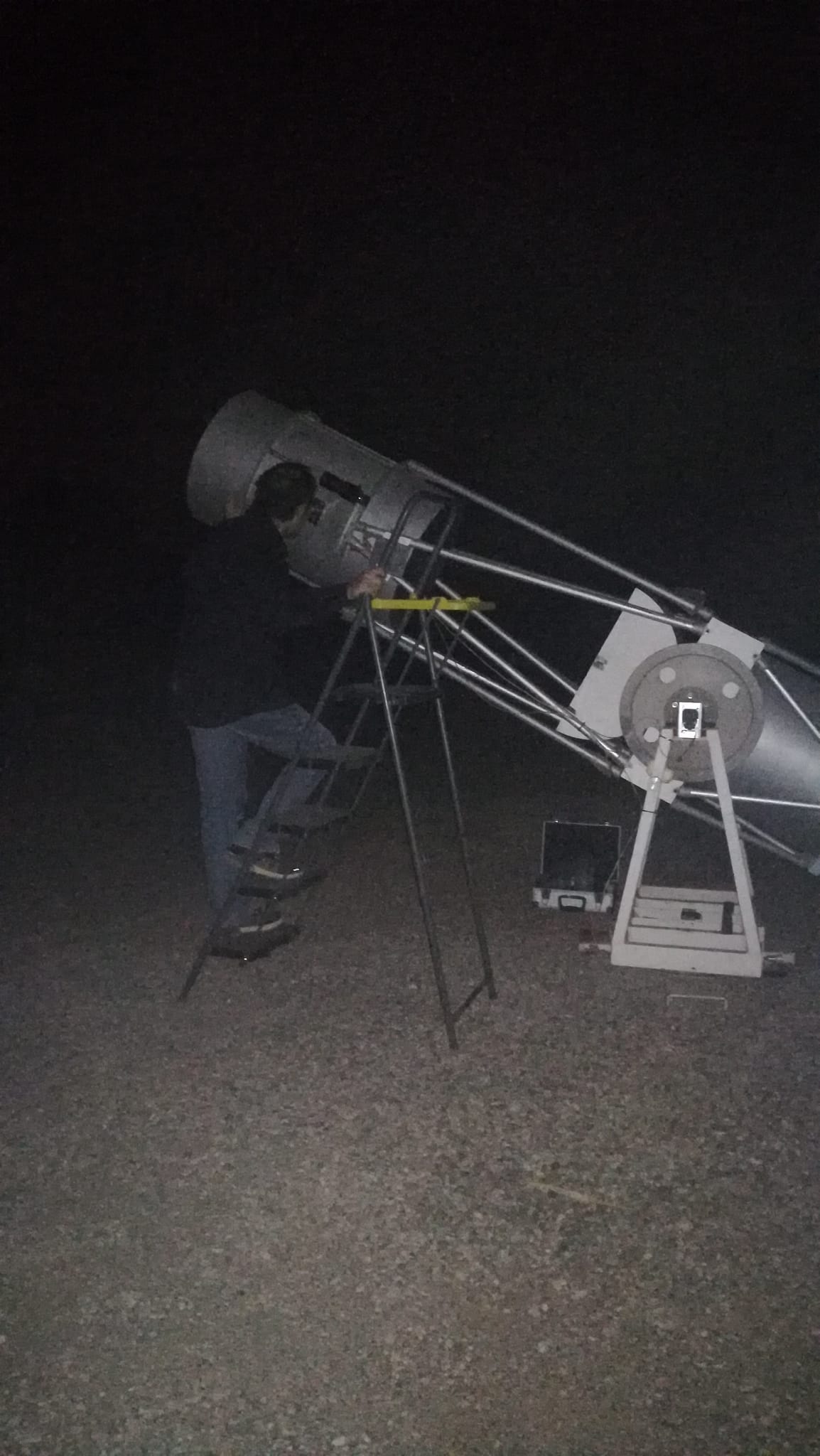
(Above, I am at the eyepiece of the 20-inch dobson we used for some deep-sky observations, in the early morning of Feb 2)
Professionals also use Maury's site: in fact, the Bootes network has a 24-inch automated telescope installed there. This is one of eight instruments dispersed around the globe which are connected to the fast alert system that signals the presence of gamma-ray bursts. The scopes can very quickly point to the source and record very useful data from these rare, exceptionally interesting events.
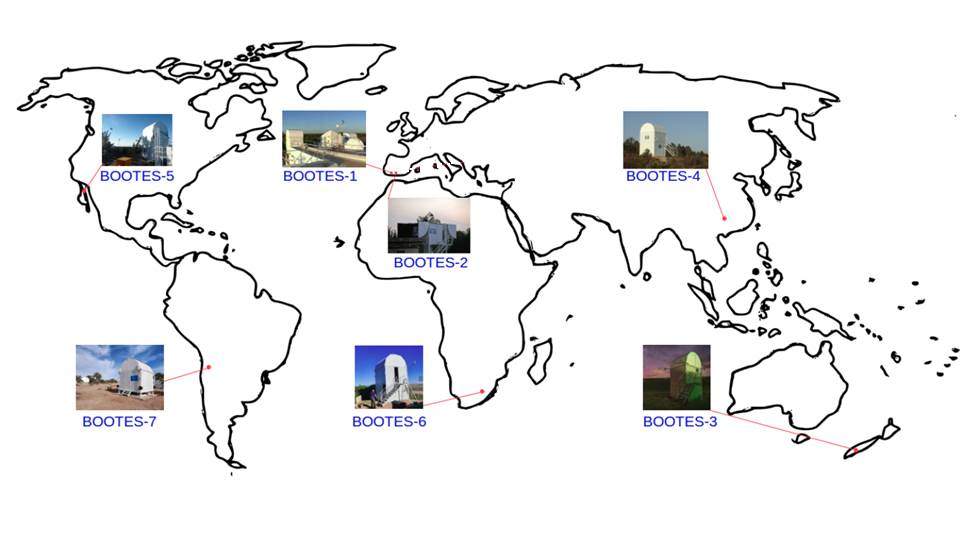
(Above, the sites of the Bootes instruments - reproduced from the network's site)
My visit to Atacama included a very surprising bath in one of the rare pools of saline waters south of San Pedro, Laguna Piedra. The water there is cool and crystalline, and its very high salinity keeps you afloat and makes you feel a bit clumsy as you swim, but the experience is absolutely mesmerizing, refreshing - almost trippy. According to my wife, who had a similar experience not long ago in the Dead Sea in Israel, this was much better - for one thing, the water is clear; and also, it is not as poisonous! To that we should add that this is a bath at an altitude of 2600m above sea level, so 3000 meters higher than the Dead Sea.
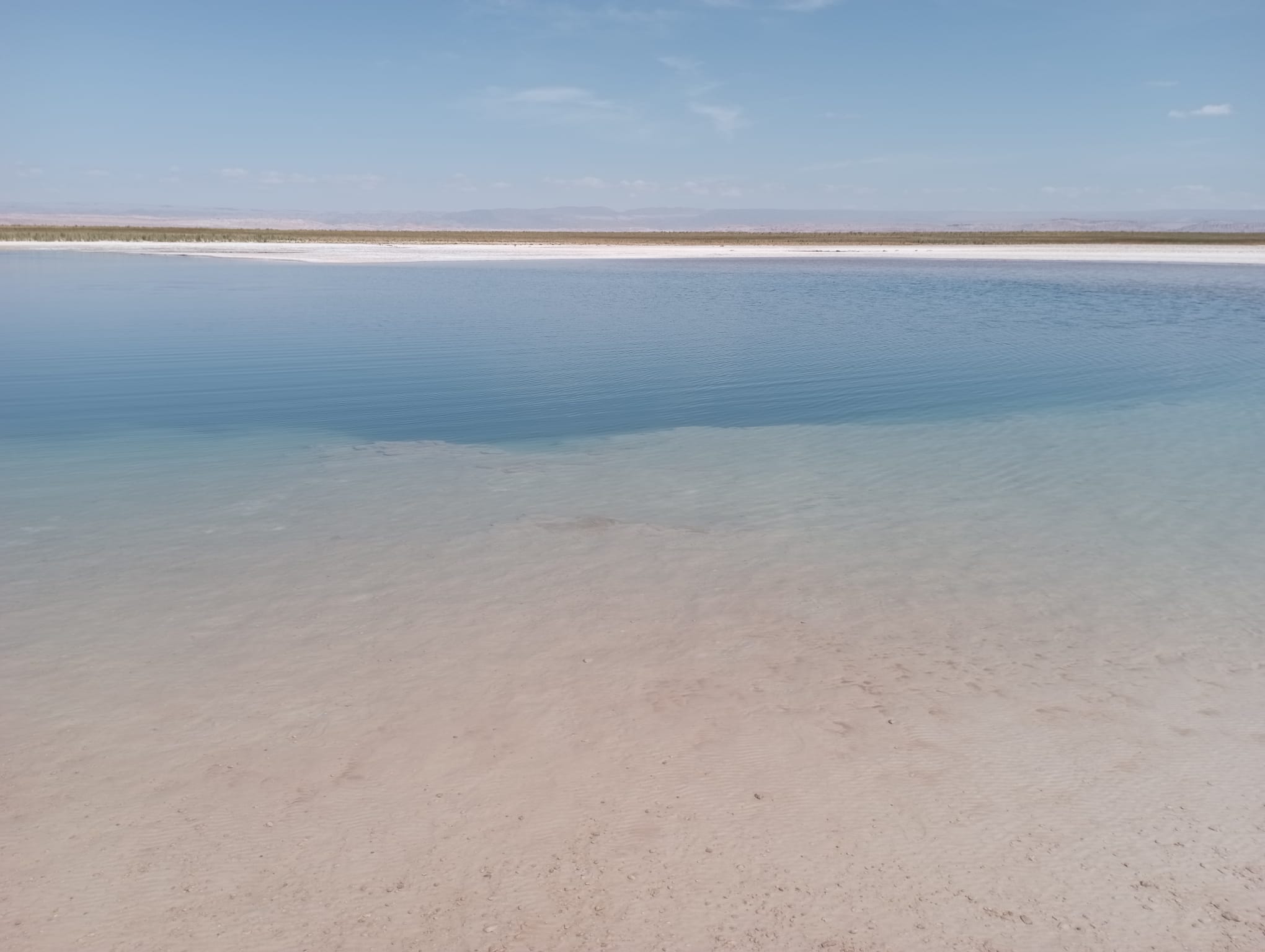
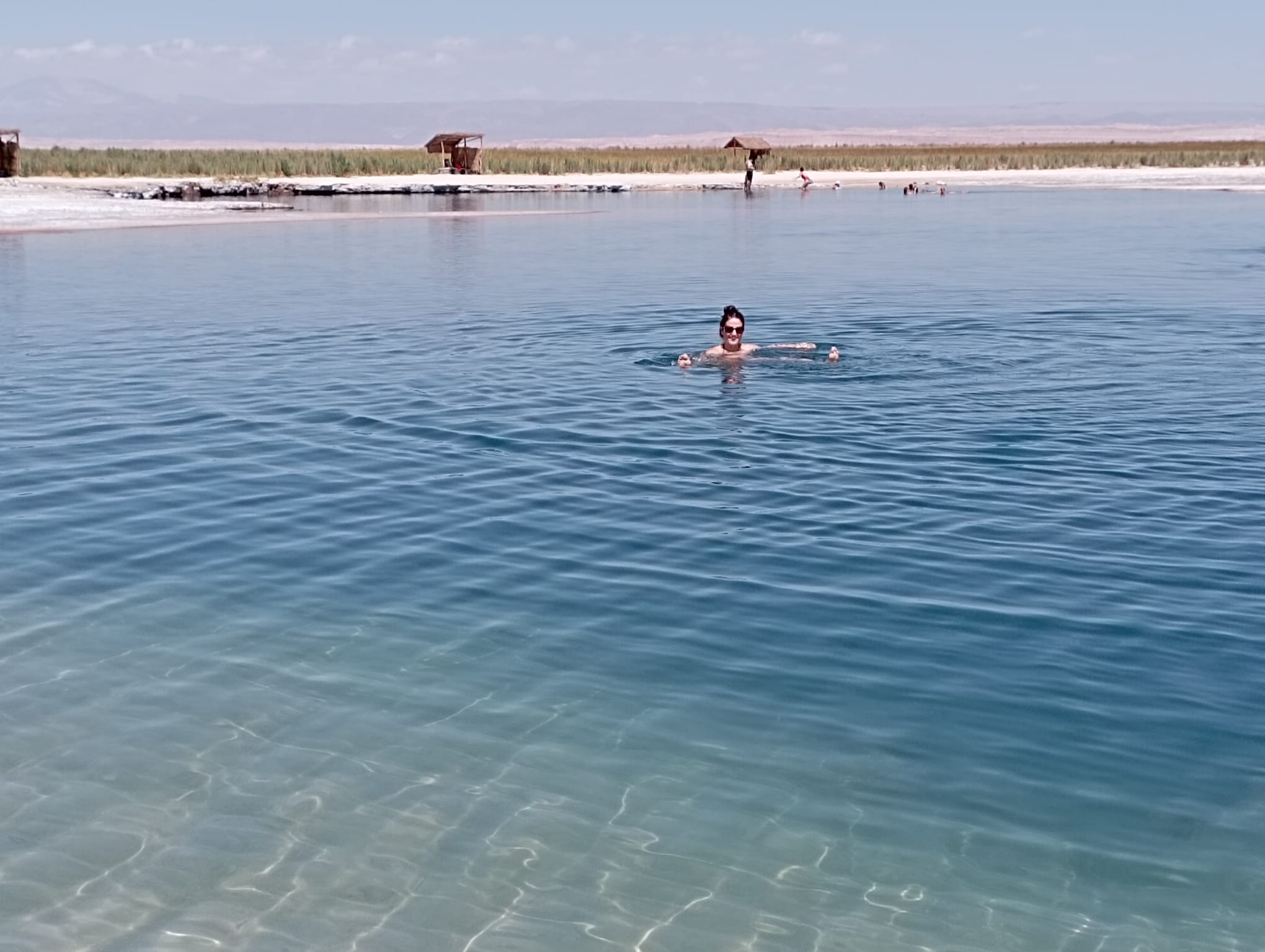
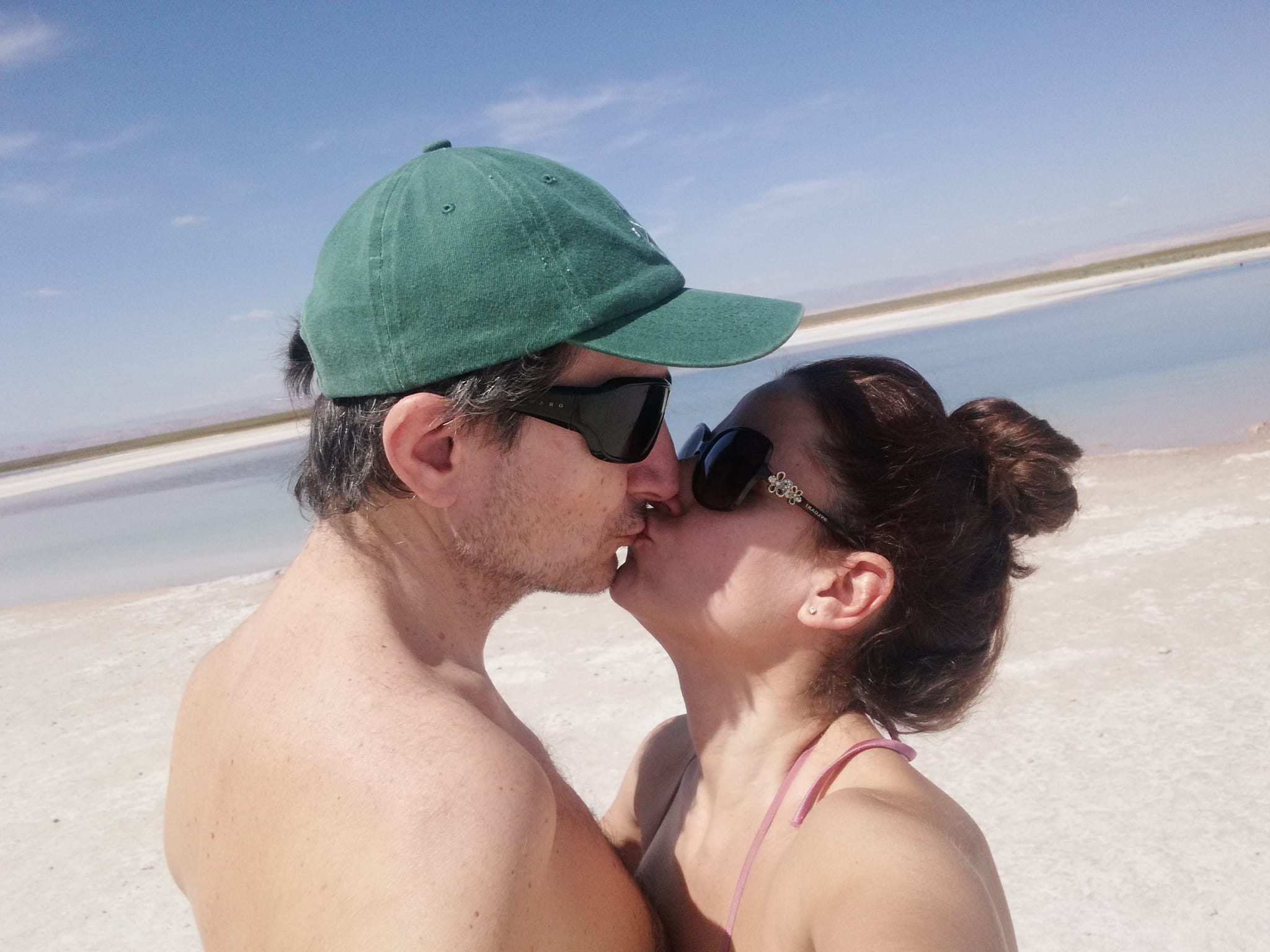
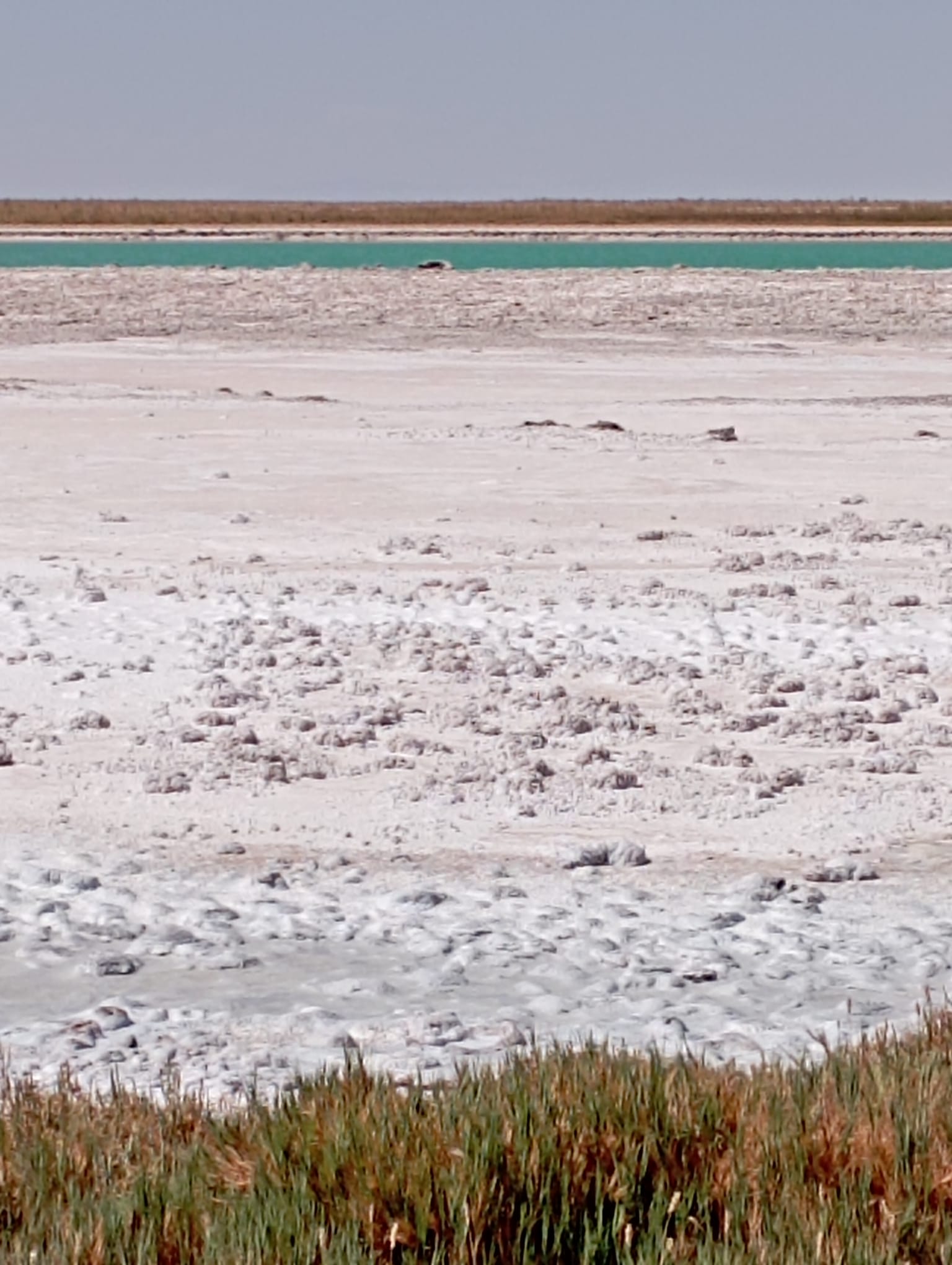
(Above, a few pictures of Laguna Piedra and Laguna Cejar)
From San Pedro we took off to Antofagasta, a port in northern Chile which serves the minerary activities of all the area. There is not much to see in Antofagasta, but relatively close to it is the site of the Very Large Telescope, in the ESO site of Cerro Paranal. This is a 2600-meters mountain in the middle of nowhere, where since the 1960ies astronomers have built telescopes and which today hosts the four largest single-mirror scopes in the world. These are real giants, as the pictures below show: each mirror has a diameter of 8.2 meters, and bringing the four units to this place from Europe (where they were manufactured) involved stopping traffic in Antofagasta for several days (the transport moved at less than 10 km per hour through the winding road that rises from the port to the dusty plains of Atacama).
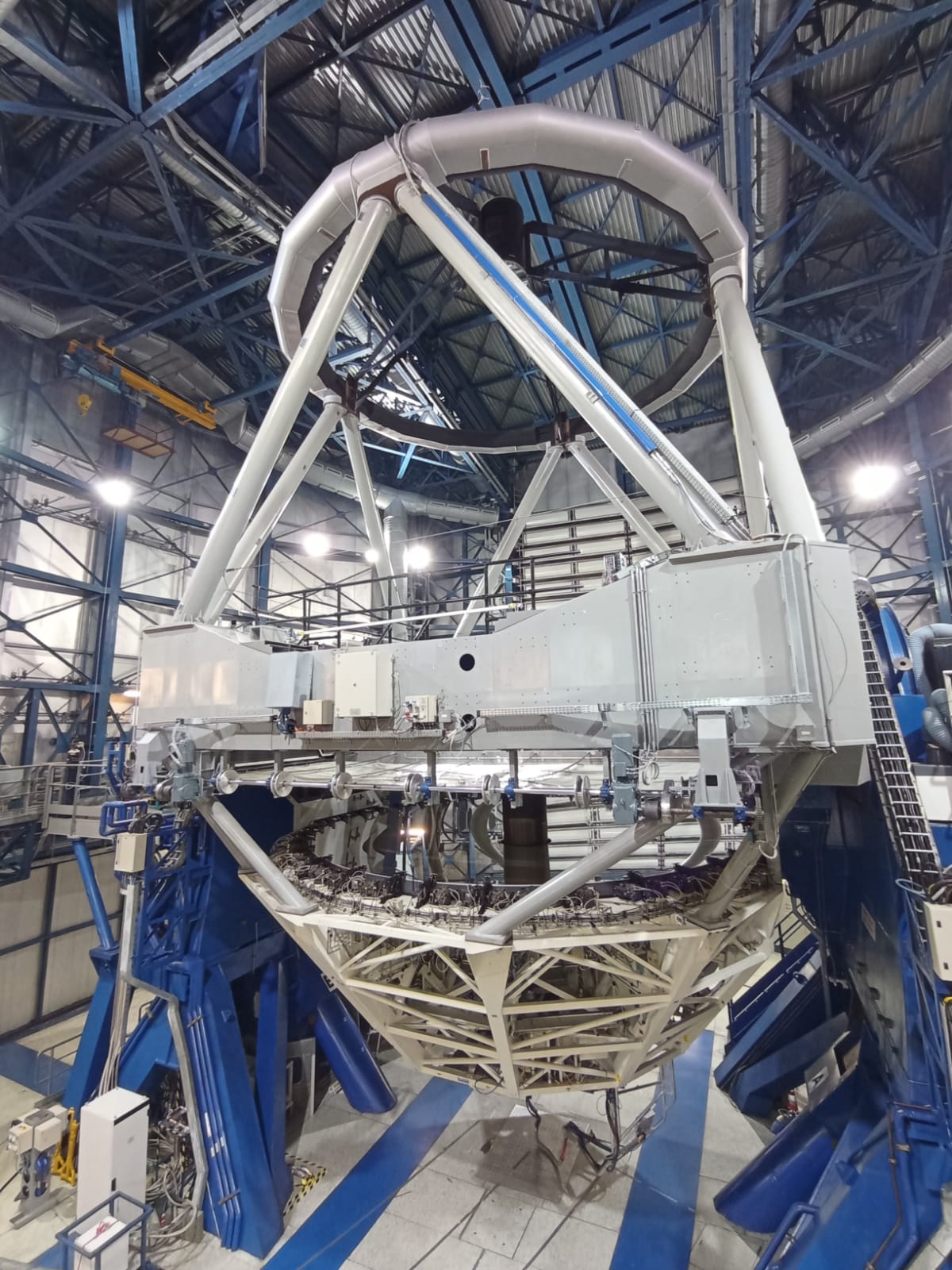
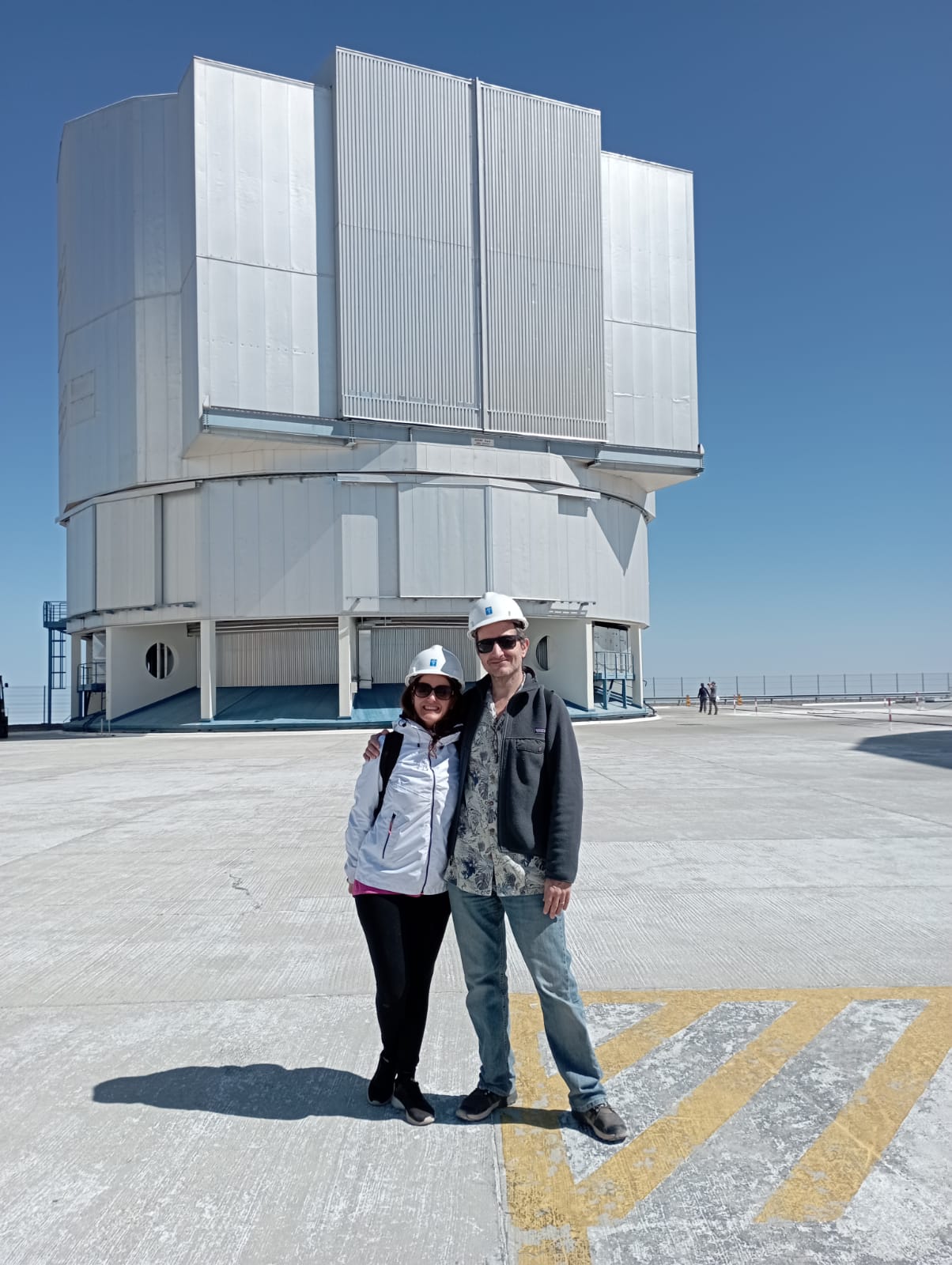
(Above, some pictures of one of the four main instruments at the Cerro Paranal observatory)
Interestingly, Cerro Paranal offers the scientists who work there a very nice residence, which won several architectural awards. It is built between two hills facing the Pacific ocean, and it contains a pool and a tropical indoor garden which makes a real sensation as you walk in from the dry outdoors. These astronomers are treated well! Of course, it is important to let them rest during the day as they work in the night... But physicists who work at particle accelerators also work 24/7, and yet I have never seen a similarly good residence in the laboratories I visited!
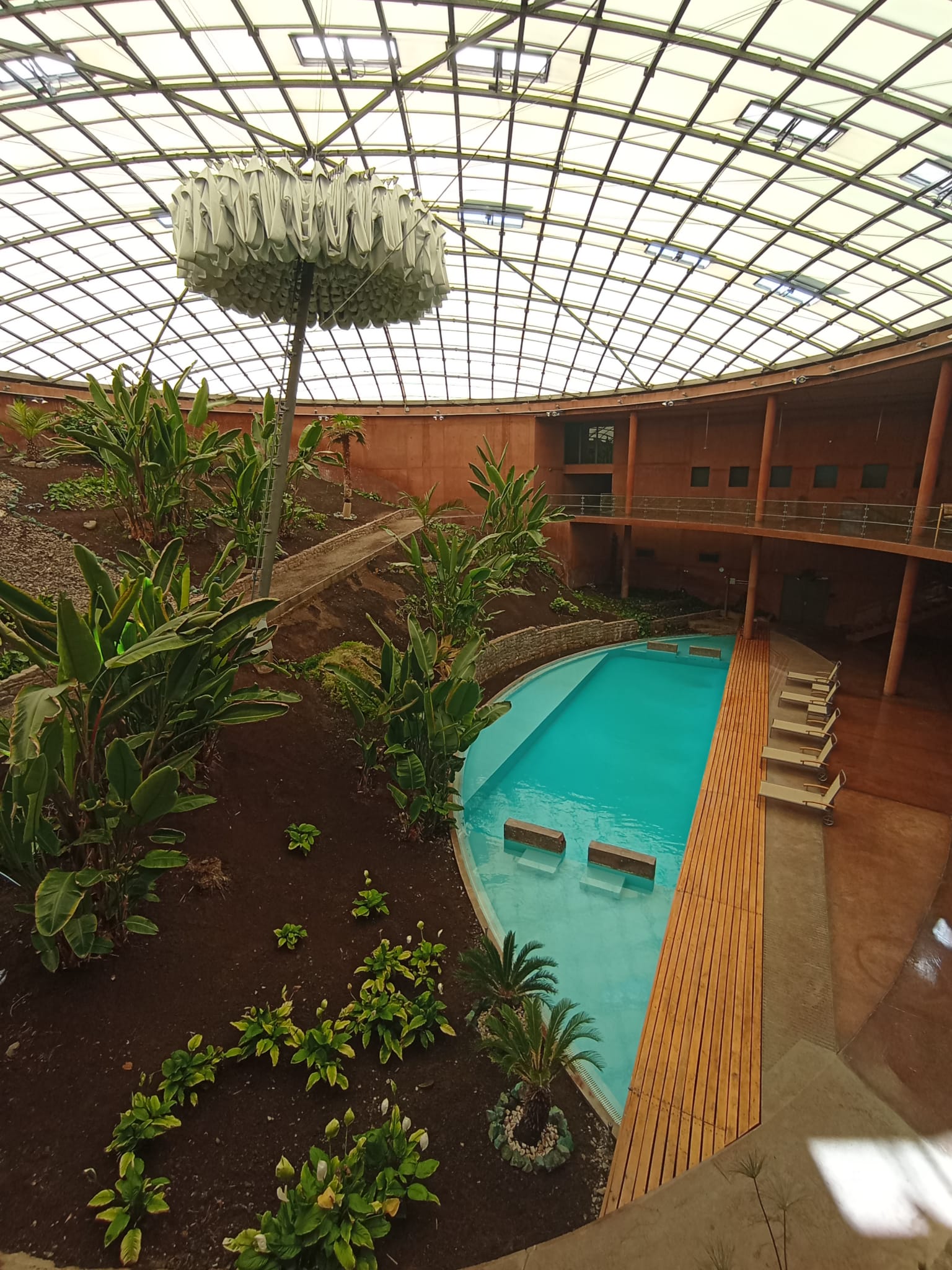
(Above, the internal garden and pool of the residence at Cerro Paranal. Fun fact - the ceiling is covered by automatic curtains during the night!)
As impressive as the four big scopes of Cerro Paranal are, they are soon going to be dwarfed by the telescope that ESO is building in nearby Cerro Armazones, another 3000m peak in Atacama. That one, which will be called ELT, for "Extremely Large Telescope" (but a more apt name would be RLT, for "ridiculously large telescope"), will feature a composite mirror with a total diameter of 39 meters! I simply cannot imagine such a beast, so I will need to visit this place in a few years!
After our visit to Paranal we headed back to Antofagasta and then Santiago, from where we flew to Lima, where I am presently blogging from. Unfortunately we will not visit the city, and tomorrow morning we will fly to Quito and then to Isla Baltra, in the Galapagos islands. I hope I will have something "scientific" to report from there too!




Comments